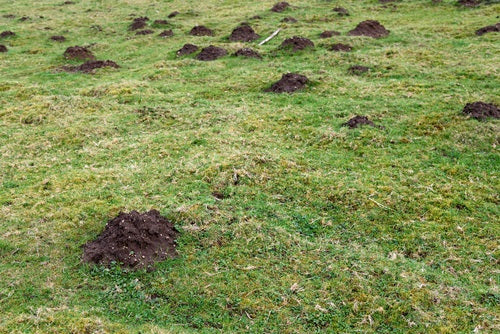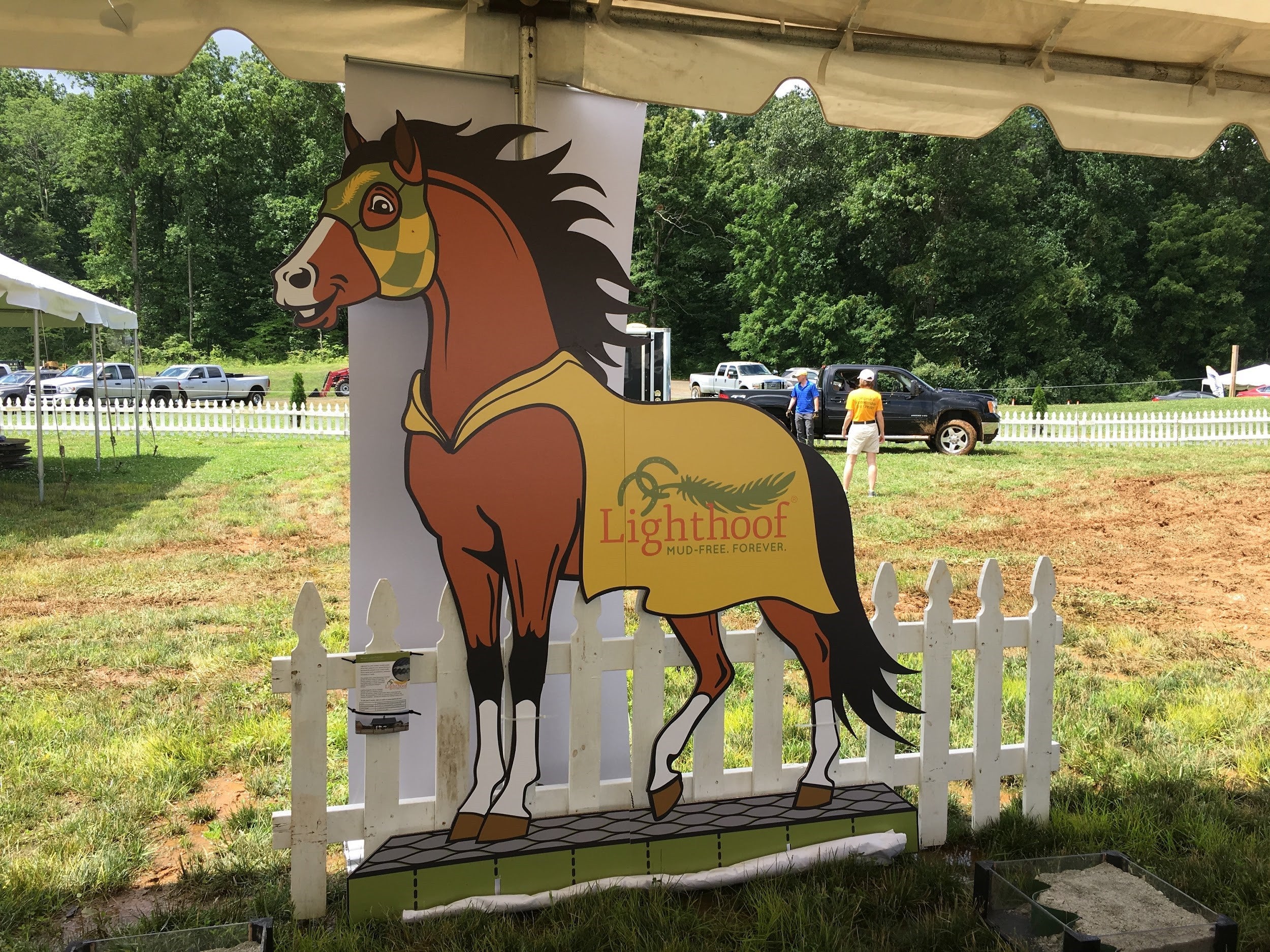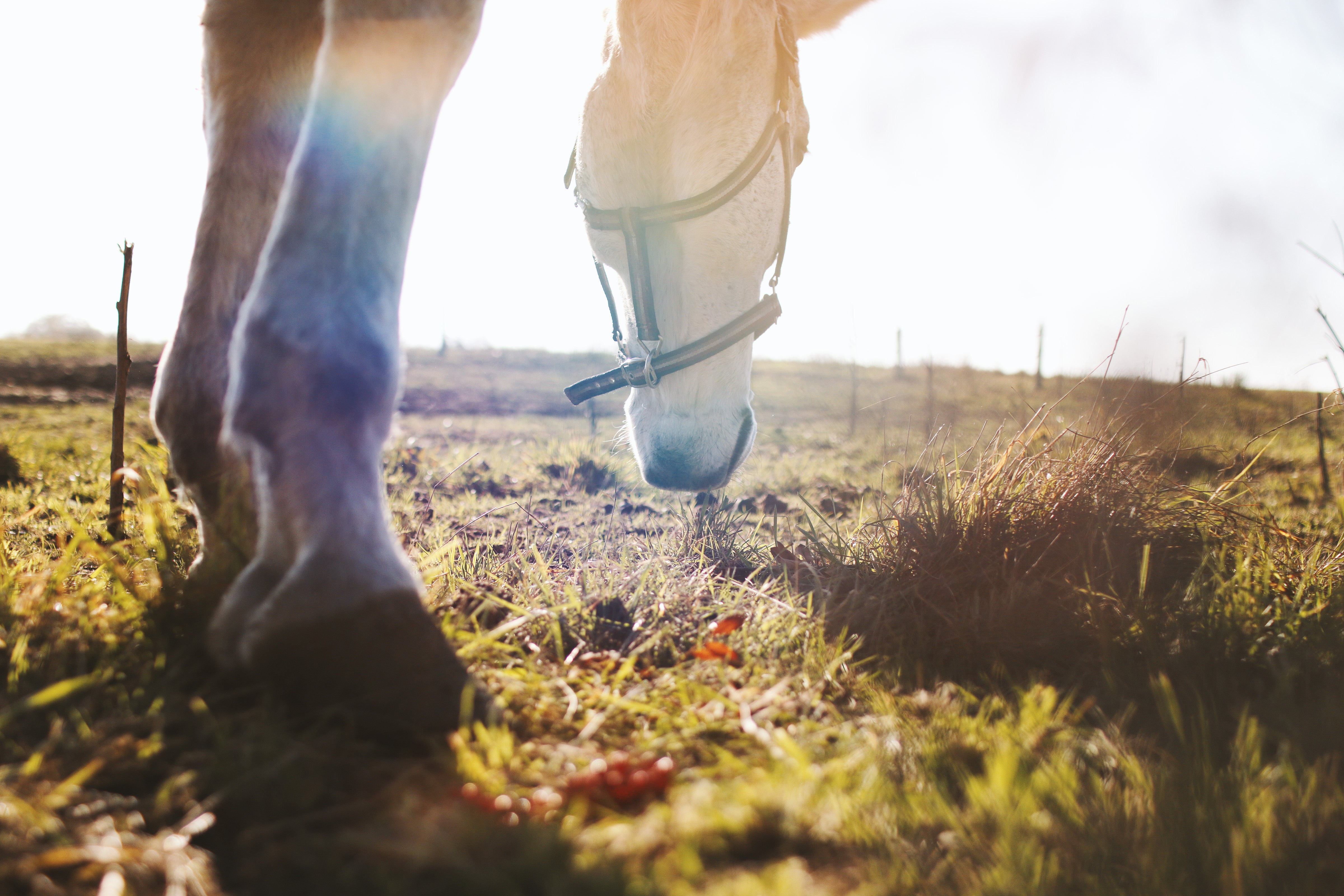You have enough to think about when it comes to the perfect lush pasture. Seeding, irrigation, overgrazing, weeds...the list goes on. Nothing adds insult to injury quite like watching all your hard work overrun by scurrying, scampering burrowing rodents. It doesn’t take long, either. From one nest to an entire network, burrowing rodents in pastures move in with lightning speed and create hazards for your horses while destroying your root systems, causing soil erosion issues and setting you up for run off problems and mud when the wet months set in. We know just how frustrating it can be, so we’ve got a few tips for you to try for rodent pest control in your pastures.
Burrowing Rodents in Pastures - How to Get Them Under Control
Ground squirrels, moles, gophers, prairie dogs, and their kin are a horse property owner’s worst pasture nightmare. They move in seemingly overnight, going from one tiny mound of dirt to twenty in a matter of days. You aren’t alone. Any barn owner who hasn’t had to deal with prairie dog control or gopher problems on one level or another should count themselves lucky! It’s definitely easier to combat the issue head on right from the beginning - after all, they multiply at an exponential rate and there are a ton of risks you’ll have to consider with having burrowing rodents in your pastures.

Identify the Culprits
Because not all pests can be dealt with in the same manner, it’s important to identify what type of rodent you’re dealing with. Some rodents like gophers stay underground, eating grubs and insects and their tunnels and networks are smaller with entrances that are more closed off. Other rodents like ground squirrels only burrow to make their nests, leaving bigger openings (yikes!) and they come above ground to forage for food. It depends on the social behavior of your rodents, too. Some animals are solitary creatures while others, like prairie dogs create massive networks that travel from nest to nest underground. Once you’ve identified your problem rodent, it’s also important to research your local wildlife laws before any eradication efforts, to ensure that they are not protected or endangered.

Ground squirrels create large burrows underground, but come above ground to scavenge for food.
Rodent Pest Control in Pastures - Methods for Eradication
There are a handful of highly effective methods when it comes to handling burrowing rodents in pastures. From plowing over and covering up burrows, to poison, gas and trapping, you definitely have options. Again, taking care of the issue while their population is new is your best route...the longer they’re able to breed, the harder it will be to manage the issue. While some barn owners choose to handle the problem on their own, there are also pest control companies that can come out and manage your problem for you.
Bait - The most common ingredient in rodent bait is strychnine, but some contain zinc phosphide. Most baits come in pellet form, and FDA regulations prohibit above ground use. That means your bait needs to find its way into the burrows where the rodents will hopefully consume them. There are a few risks with bait, so it’s important to consider them if that’s the route you choose. The poisons in rodent baits absorb into the animal’s tissue, which means if you have pets or other wildlife roaming your property, it’s important that they don’t eat the rodent after it’s consumed the pellets. This method works best with multiple applications - if the rodent doesn’t eat enough, they will need to eat more for it to work.
Smoke - A highly effective method for controlling burrowing rodents in pastures are smoke bombs. This method requires you to place the smoke bomb in the burrow or tunnel and immediately cover the entrance. The downsides are the potential risk for fire if conditions are too dry, and if it may not be most effective for prairie dog control. If you’re unaware how large the tunnel system or network is, you may consider a different method for your problem.
Poison Gas - This method for rodent pest control requires training and certification from the state on its use. It comes in pellet form, and depending on the type, releases gas when coming in contact with either animal’s stomach acid or air. The air-release type only works if you cover the entrance of the burrow, but most pest control professionals agree that it is very effective.
Carbon Monoxide - If you’re concerned about the most humane method to eradication, most professionals consider carbon monoxide poisoning to be the way to go. You will most likely need to hire someone for this route, as they inject the gas into the burrow or tunnel system via an air compressor. The animals simply go to sleep, so it isn’t painful and the risks to property animals are 0.
Trapping - Depending on your ability to keep your animals off your pastures while you’re managing your rodent problem, trapping can be effective but time consuming. Placing traps down into the holes and burrows means opening them up a bit. This causes fall and leg hazards for your livestock. The other downside of trapping is having to deal with the pest once you’ve trapped them, it’ll be your job to eliminate them once you’ve trapped them. If you relocate them, you’re just relocating a pest control problem.
Ignited Propane - Another method to dealing with burrowing rodents in pastures is through ignited propane. We want to make sure you take the proper precautions when going this route, as your risk for fire concerns and noise are very high. By blowing oxygen and propane into a tunnel and igniting it, you will create an explosion that will kill off the population with a concussion impact. It will also cause any weak points in the tunnel system to collapse, filling in the rodent network.
Predators - Some individuals would prefer to go a more organic, nature friendly route when dealing with their pest problems. Encouraging local wildlife to move into your area is effective for some; setting up owl houses can bring these hearty predators to your pastures, and owls been known to keep large rodents well in check. A large rodent population may also encourage coyotes and other mammals to move into the area. Just keep in mind, with wild predators your house pets are under potential risk.

Prairie dogs burrow down, creating massive networks underground that you can’t see.
Whatever Your Method - Keep it Safe
If you plan on taking on the problem yourself, we want you to make sure you’ve prepared yourself for whichever method you choose. Be safe, wear the correct personal protective equipment and when dealing with chemicals and poisons, be sure to adhere to manufacturer's instructions completely. Once you have your rodent problem under control, it’ll be time to fix the damage they did. Re-seeding, filling in your holes and repairing spots where soil erosion has washed all your ground nutrients away should be the first step to getting your pastures back to their glorious and nutritious beauty. While you’re at it, consider reinforcing your high traffic areas, stream and creek banks, gateways and areas where precipitation pulls your top soil away with a solution like our mud management panels. After you’ve kicked out your pests, keep your ground where it belongs... in your pastures!




Leave a comment
This site is protected by hCaptcha and the hCaptcha Privacy Policy and Terms of Service apply.